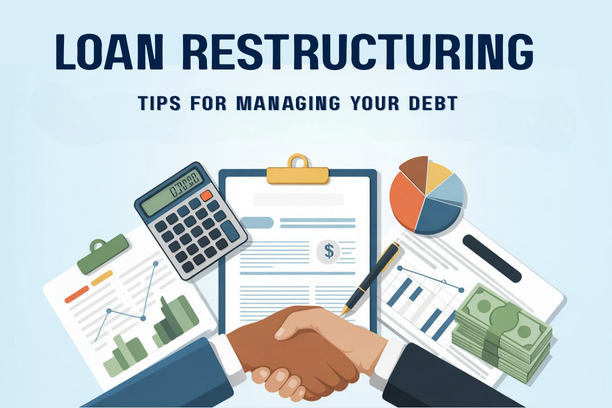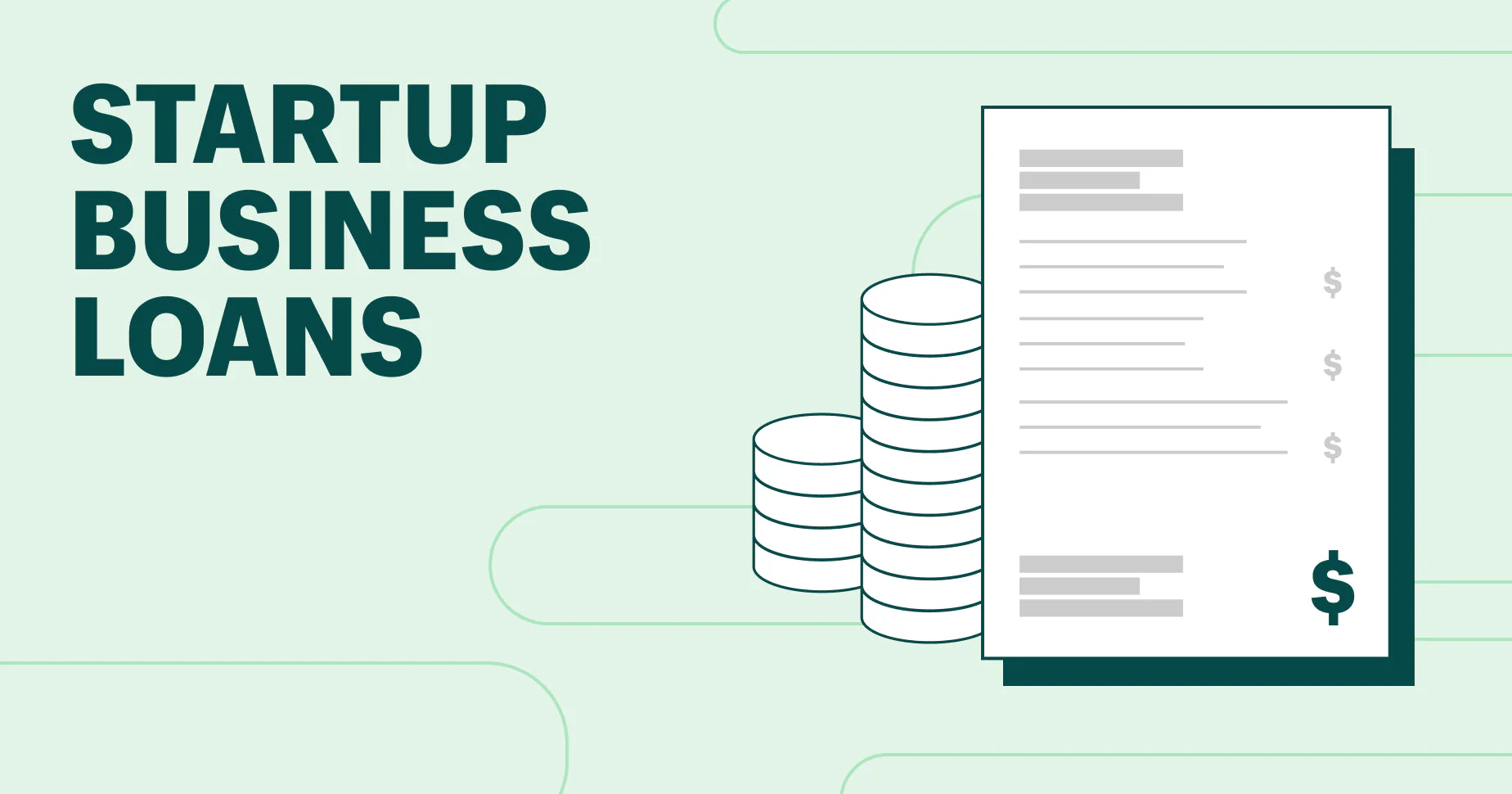An unexpected medical emergency can quickly turn into a financial crisis. Even with PhilHealth and health insurance, hospital bills and healthcare expenses can amount to a staggering sum, leaving many Filipinos in a state of panic. Finding a fast and reliable source of funds is critical, but making a rushed decision can lead to a long-term debt trap. This comprehensive guide is dedicated to providing you with a clear roadmap for financing medical bills in the Philippines. We will explore a range of legitimate personal loan options, from government-assisted programs to private sector lenders, to help you make a thoughtful and financially responsible decision during a difficult time.
The Challenge of Unexpected Healthcare Costs
Understanding the problem is the first step to finding the right solution. Medical expenses are unique in their urgency and can pose a significant challenge to any family’s budget.
Why Medical Bills are a Major Financial Burden
In the Philippines, a sudden hospitalization, an expensive surgical procedure, or a long-term medical condition can drain a family’s savings in a matter of days. While PhilHealth and private health insurance are designed to mitigate these costs, they often do not cover the full amount. The “balance billing” or “out-of-pocket” expenses can be substantial, leaving families to scramble for funds. The added pressure of an emergency means there is often no time to save or plan, forcing individuals to seek an immediate solution.

This is a difficult situation where the need for a financial lifeline is paramount. The borrower’s priority is not just to find a loan, but to find the right loan—one that is legitimate, has a manageable interest rate, and a repayment schedule that will not create a new financial burden down the line. A bad borrowing decision in a time of crisis can lead to a cycle of debt that is even harder to escape from than the original medical bill. This is why a guide to financing medical bills is not just about finding money; it’s about finding the right money.
Your First Steps When Facing a Medical Emergency
Before you even consider taking out a loan, there are a few initial steps you should take to minimize your expenses and maximize your available resources.
- Check Your PhilHealth and Private Health Insurance: Always verify your PhilHealth benefits and your private health insurance coverage. Make sure all your documents are in order to maximize the coverage you receive.
- Negotiate with the Hospital’s Billing Department: Some hospitals may be willing to offer a discount for cash payments or a more flexible payment plan.
- Explore Company-Sponsored Benefits: If you are an employee, check with your company’s HR department for any medical benefits, emergency assistance, or company-sponsored loans that may be available.
- Consider Your Immediate Network: Before you turn to a formal loan, a compassionate and honest discussion with a close family member or friend may be the best first step.
These initial steps can sometimes resolve the problem without the need for a loan. However, if a loan is still necessary, you will be in a much better position to choose the right one.
Government and Employer-Assisted Options for Financing Medical Bills
For employed Filipinos, the first and best options for a loan are often from government agencies and their employers. These loans typically have the lowest interest rates and the most favorable terms.
Tapping into Your SSS and Pag-IBIG Benefits
The Social Security System (SSS) and the Pag-IBIG Fund are two of the best and most reliable sources of low-interest loans in the Philippines, and they can be a great option for financing medical bills.
- SSS Calamity Loan: While the SSS Calamity Loan is primarily for natural disasters, the SSS does offer other benefits, such as a Sickness Benefit, that can help cover a portion of your medical expenses. For a medical loan, the most common option is the SSS Salary Loan, which has a very low interest rate of 10% per annum and a flexible repayment term of 24 months.
- Pag-IBIG Multi-Purpose Loan (MPL): The Pag-IBIG MPL is a flexible loan that can be used for a wide range of purposes, including medical emergencies. The loan amount can be up to 80% of your total accumulated value (TAV), and the interest rate is a very affordable 10.5% per annum. The application can often be done online through the Virtual Pag-IBIG portal, making it very convenient.
- GSIS Loans: For government employees, the Government Service Insurance System (GSIS) offers a variety of loans, including emergency loans, that can be used for medical expenses. These loans have a low interest rate and the repayment is often deducted from the borrower’s salary, making it a very convenient option.
Exploring PhilHealth and Company-Sponsored Programs
While PhilHealth is an insurance program and not a lending institution, its benefits are a critical part of the financial equation for healthcare. Maximizing your PhilHealth benefits is the first and most important step to reducing your medical bills. You should ensure your PhilHealth contributions are up-to-date and that your records are in order.
Many companies in the Philippines also have their own in-house loan programs or partnerships with banks to offer loans to their employees. These loans often have a low interest rate and are approved quickly, as the lender already has access to your employment information. These programs are a great benefit of being a salaried employee and should be explored before you look for a loan from an external source.
Private Sector Loans for Healthcare Expenses
If government-assisted or employer-sponsored loans are not an option, the private sector offers a variety of personal loan products that can be used for financing medical bills.

The Pros and Cons of Bank and Online Personal Loans
- Bank Personal Loans: Banks like BDO, BPI, and Metrobank offer personal loans with a lower interest rate and a longer repayment term than online lenders. The downside is that their application process can be lengthy, with approval taking several days or even weeks. This may not be an option for a time-sensitive medical emergency.
- Online Lending Apps: Apps like Tala, Maya, and BillEase are a popular choice for emergencies because they offer a fast and convenient way to get a loan. The application process is often completed in minutes, and the funds can be disbursed on the same day. However, this convenience comes at a price. Online lending apps typically have a much higher interest rate and a shorter repayment term, which can be a debt trap if not managed carefully.
- Medical Financing Companies: A few specialized lenders offer financing options specifically for medical procedures. These lenders often partner directly with hospitals and clinics to provide a more streamlined loan process.
When you are considering a private sector loan, it is crucial to weigh the interest rate against the urgency of your need. A quick loan from an online app may solve an immediate problem, but a lower-interest loan from a bank may save you thousands of pesos in the long run.
A Decision-Making Framework for Your Loan Application
Before you sign any loan agreement, ask yourself these crucial questions:
- Is this a legitimate lender? Always verify a lender’s SEC registration to avoid predatory lenders and scams.
- Can I afford the monthly payment? Create a budget and ensure that the monthly amortization will not put a strain on your finances.
- What is the total cost of the loan? Look beyond the monthly interest rate and ask for the total effective interest rate (EIR), including all fees and charges.
- Do I have a plan to repay the loan? A loan is a commitment. You must have a clear plan on how you will repay the debt, or you risk getting stuck in a cycle of debt.
Conclusion
An unexpected medical emergency is a difficult and stressful experience. But with the right knowledge, you can find a financial lifeline without falling into a debt trap. By first exploring government and employer-assisted loans, and then carefully evaluating private sector options, you can find a legitimate and affordable solution for financing medical bills. The key is to take a breath, do your research, and choose a loan that will help you solve your problem without creating a new one.













